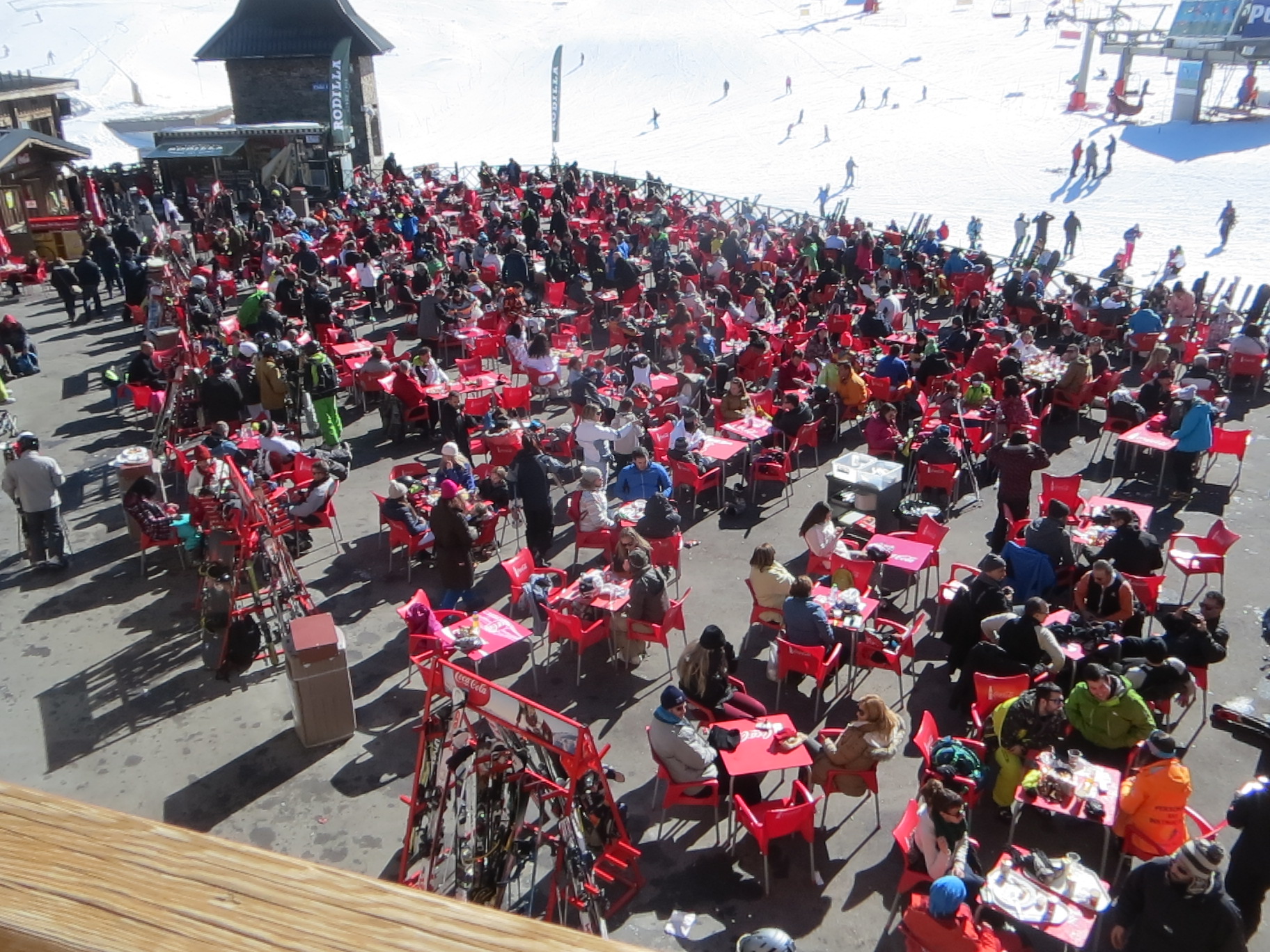The buying power of the pound has increased in almost all major ski destinations compared to a year ago, according to new research from global currency business Centtrip.
Among the more interesting findings from the currency value snapshot, which looked at the value of £1,000 when converted to “ski currency” on 19 January 2015 and on 19 January 2016, were that you get 6.8% (£68) more Swiss francs, as sterling continues to recover against the franc.
The biggest increase in value, however, was in Canada, where you get £119.40 more dollars than a year ago, although south of the border the value of sterling has decreased further against the US dollar, where you now get £69 less in dollars than a year ago, with tourists unlikely to get better than $1.39 to their pound in the exchange shops at present. The pound was already up against the Canadian dollar and down against the US one, so this continues the trend.
Norway, where the pound had already increased in value over the past few years with around a 35% increase overall, saw the biggest value gain for Brits in Europe again, up just over 7.7% (£77.50 in value on the £1,000).
Most other currencies, including the euro, were virtually unchanged on a year ago. The only European currency where there was a slight dip in value was the Swedish krona, down -1.6%, making the £1,000 worth £16.30 less.
Centtrip, who offer a prepaid MasterCard® offering 14 currencies simultaneously on a single card, providing direct access to live “spread free” market exchange rates, also found that in five of the countries analysed, there was deflation, so sterling would be worth more here than it was in Sweden, Bulgaria, Poland, Romania and Switzerland than a year ago.
Norway, Canada and the US saw higher rates of inflation than the UK, providing a negative impact on the spending power of sterling.




